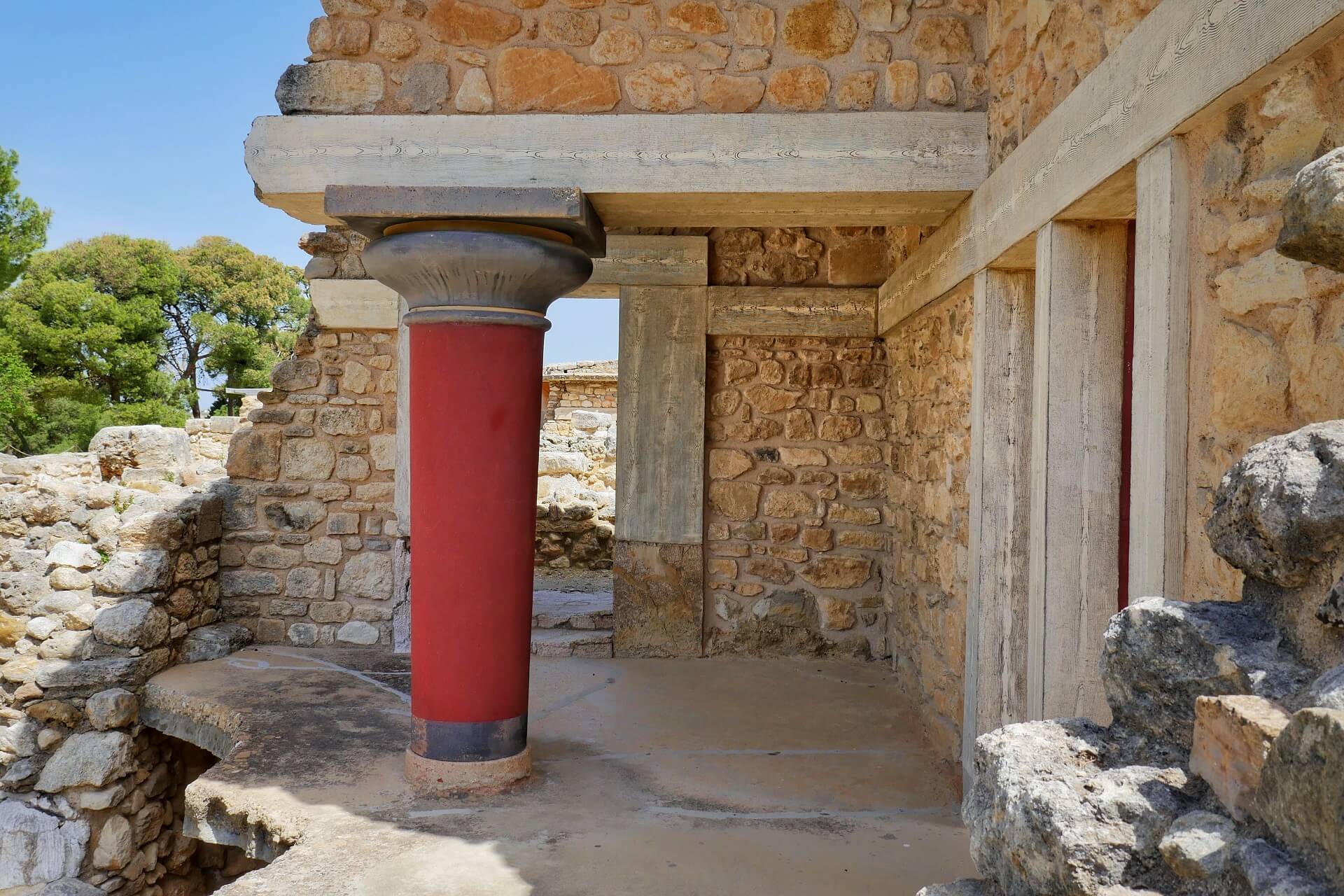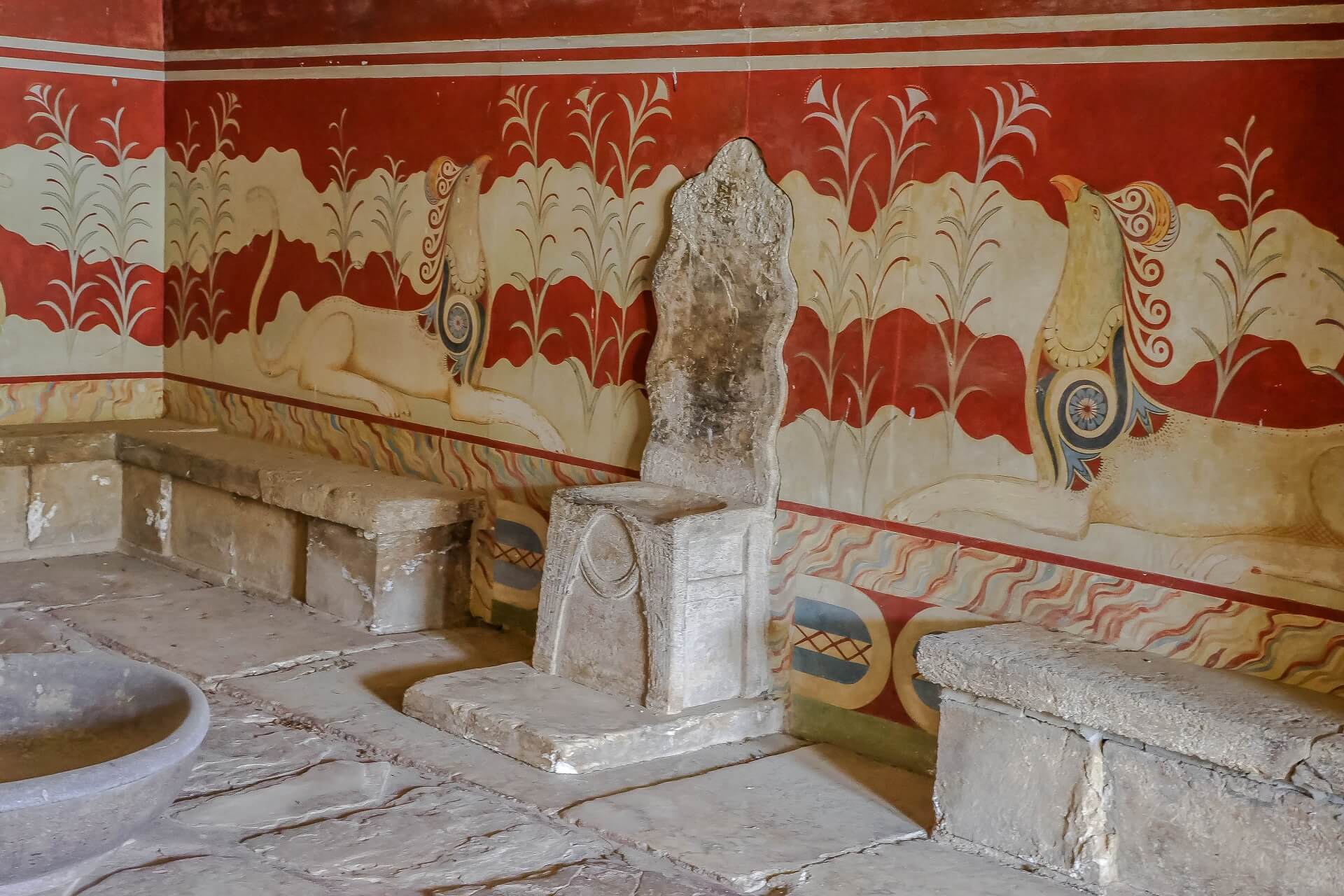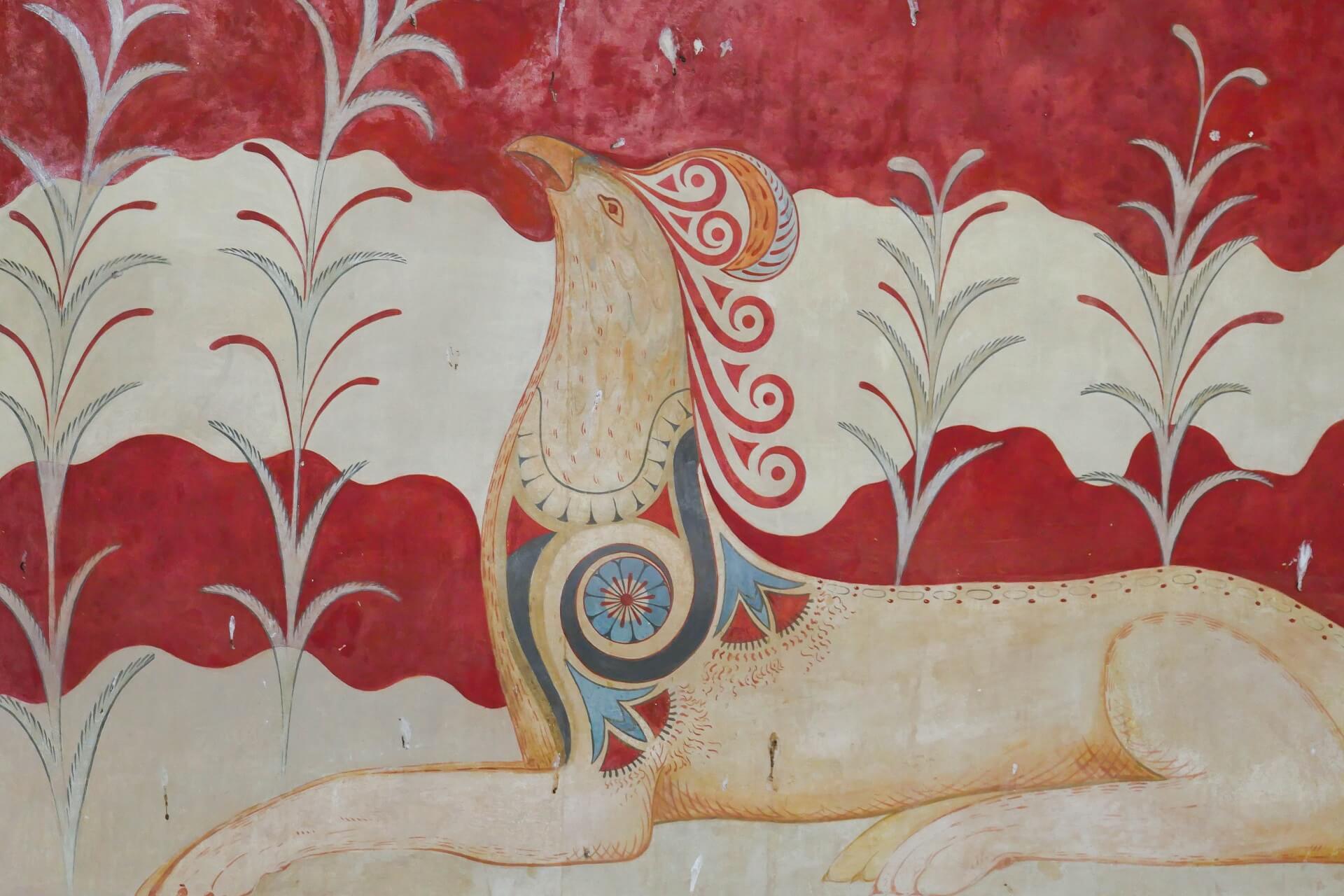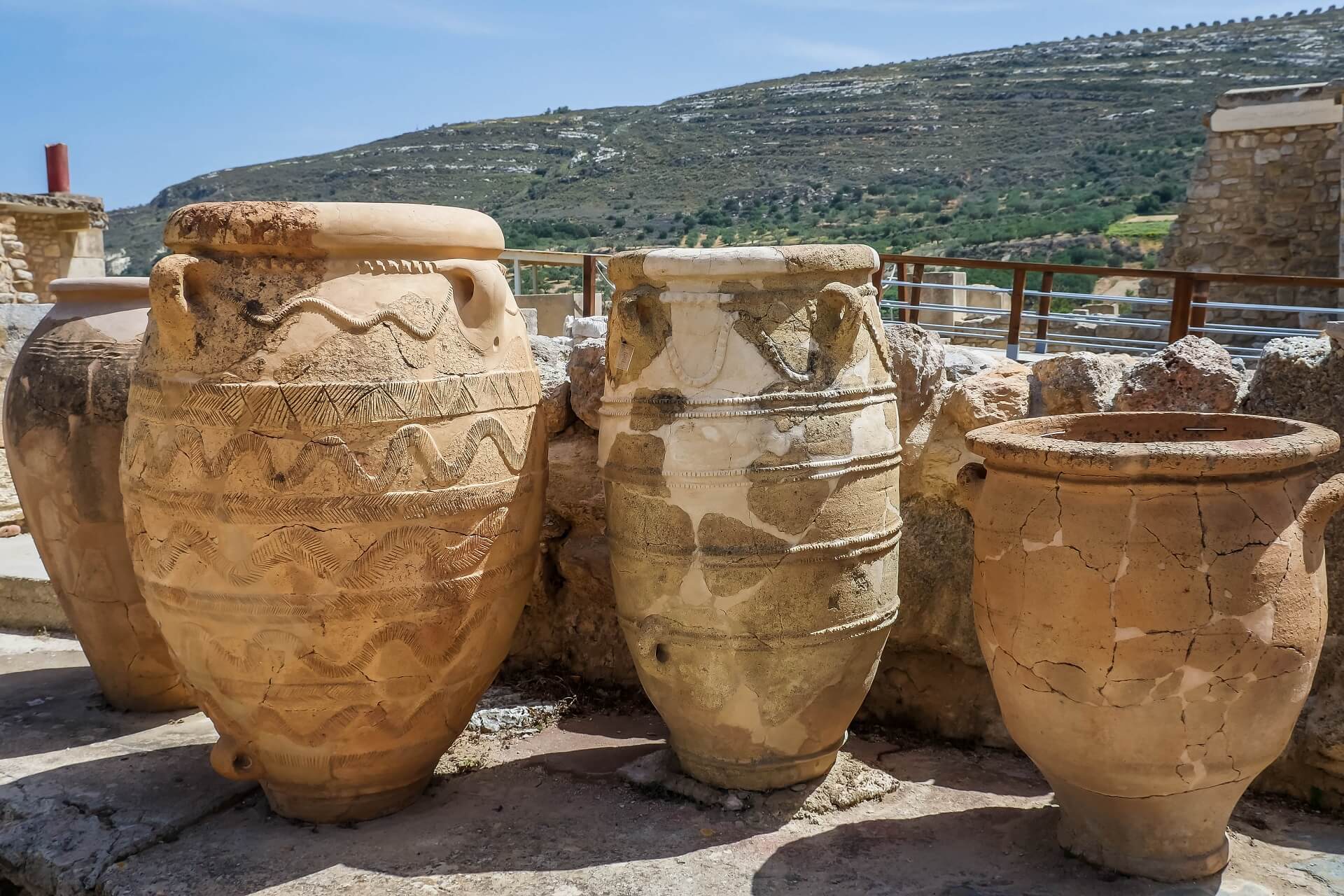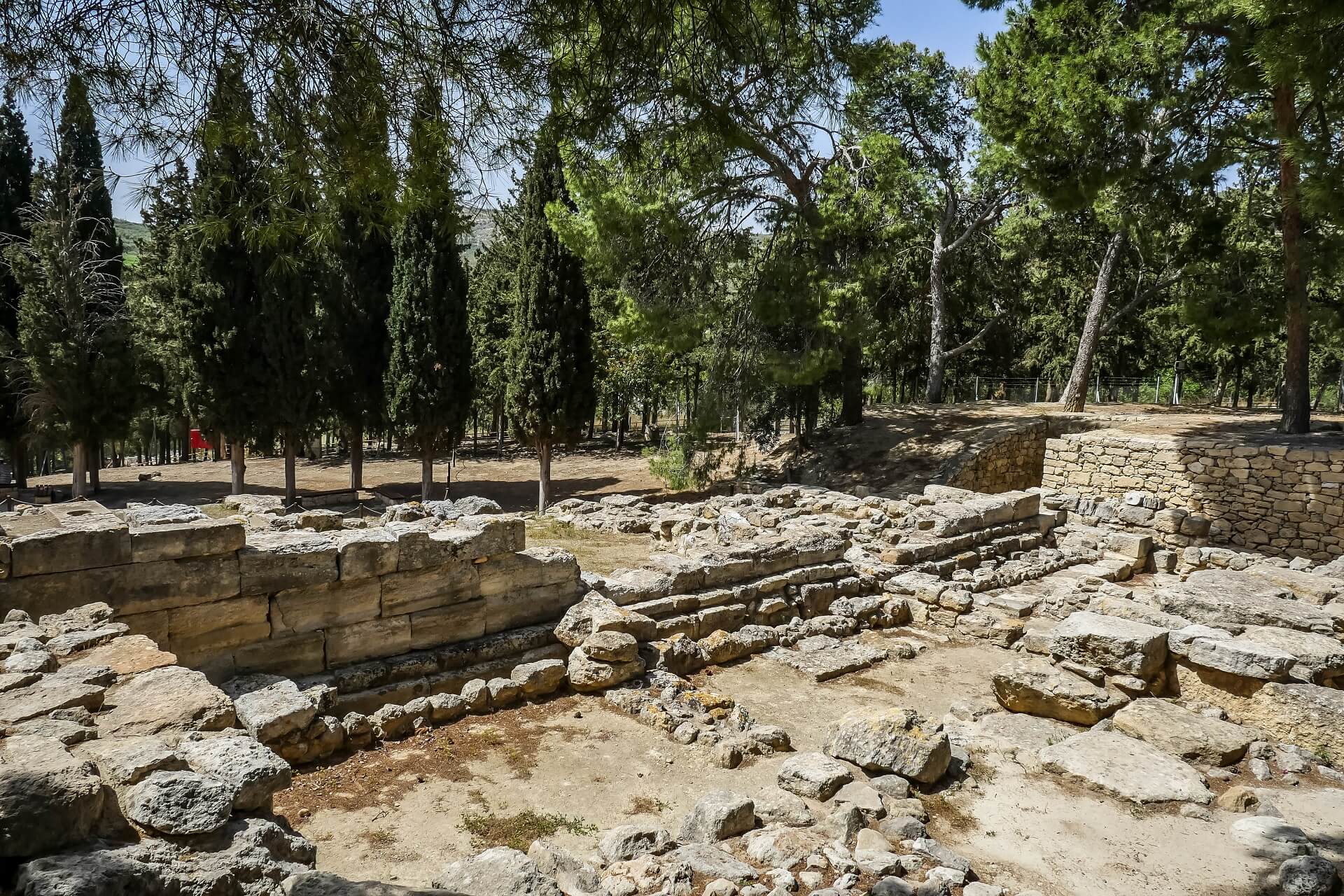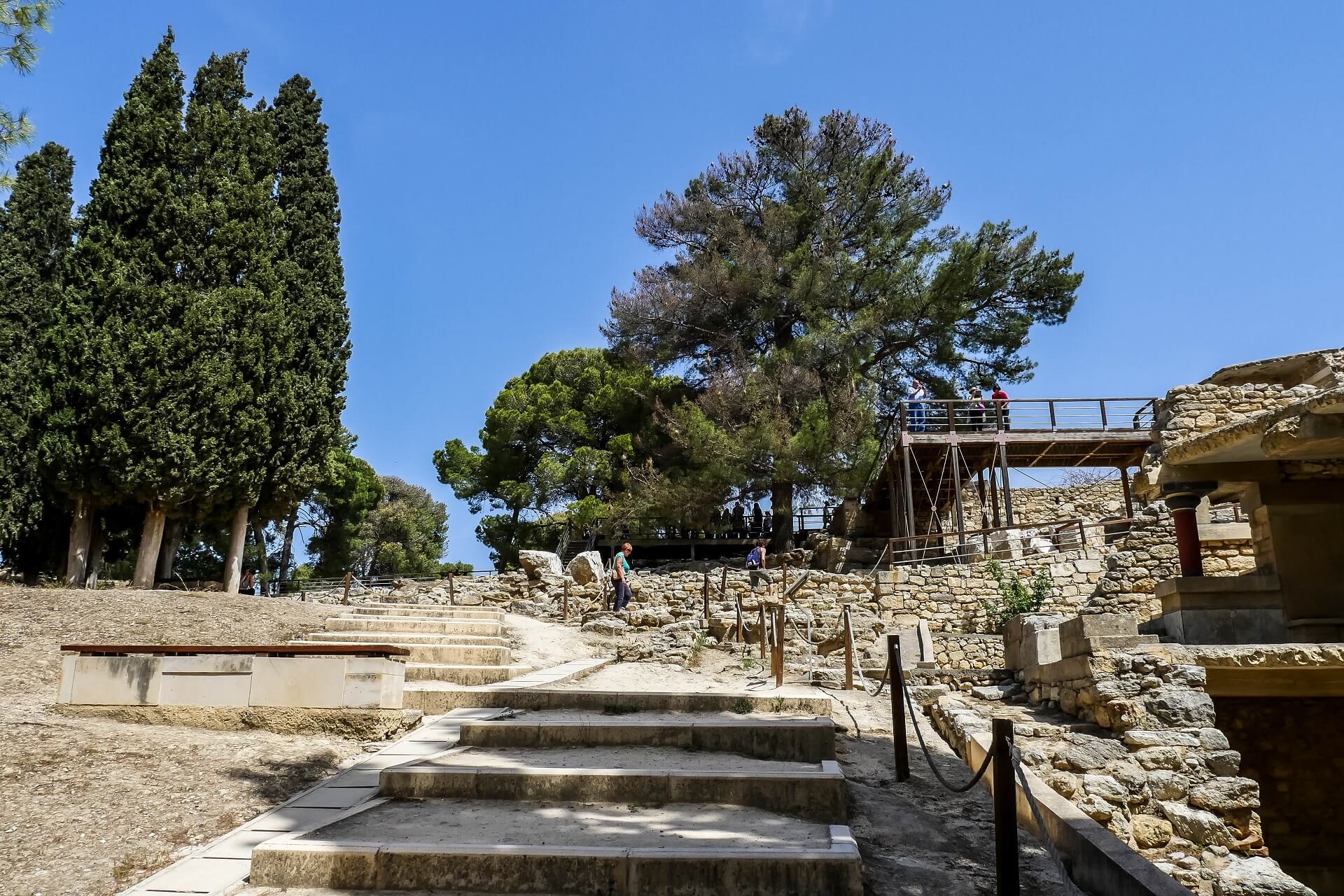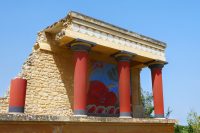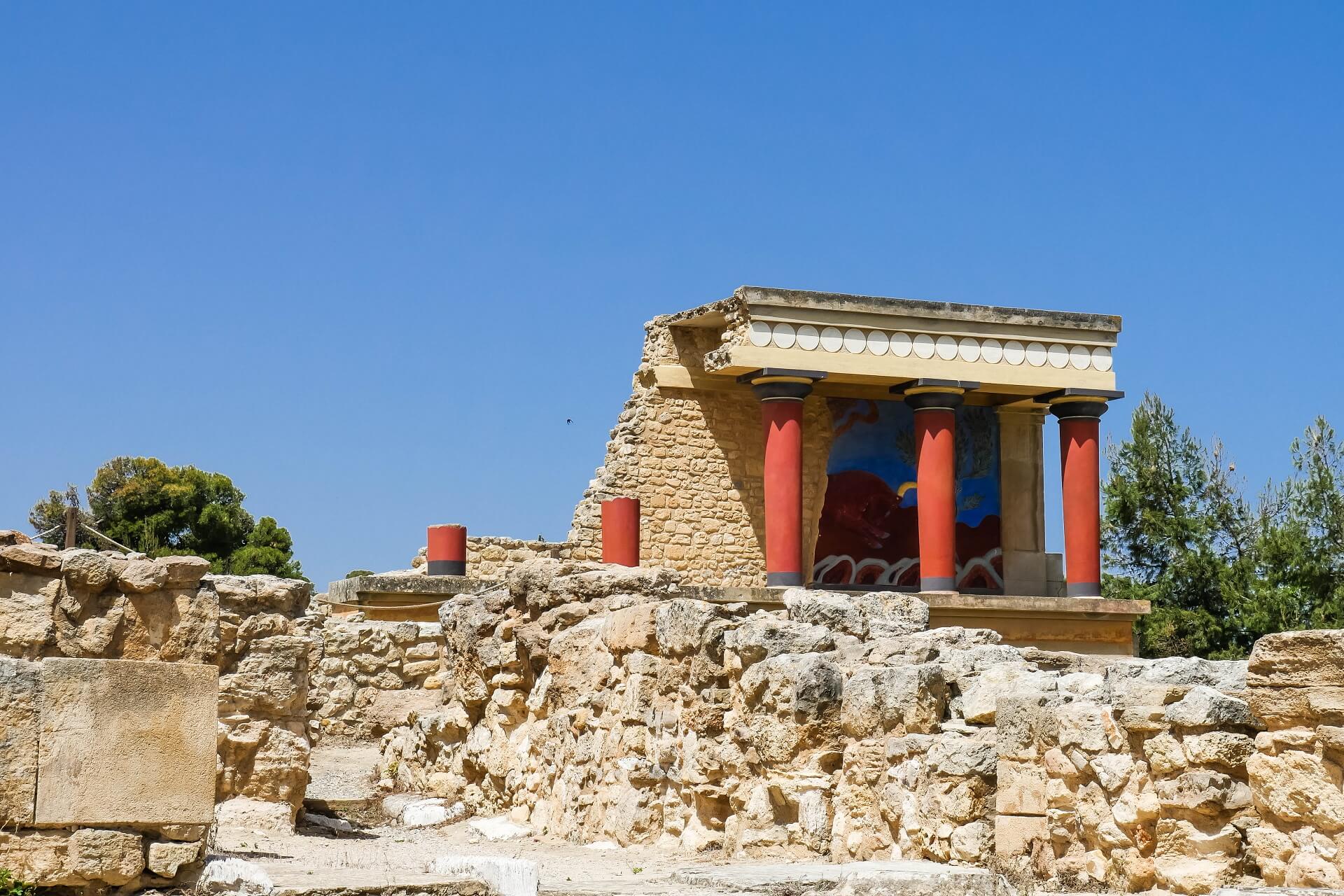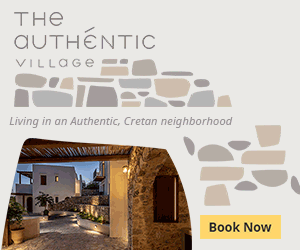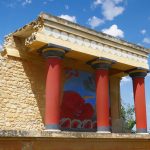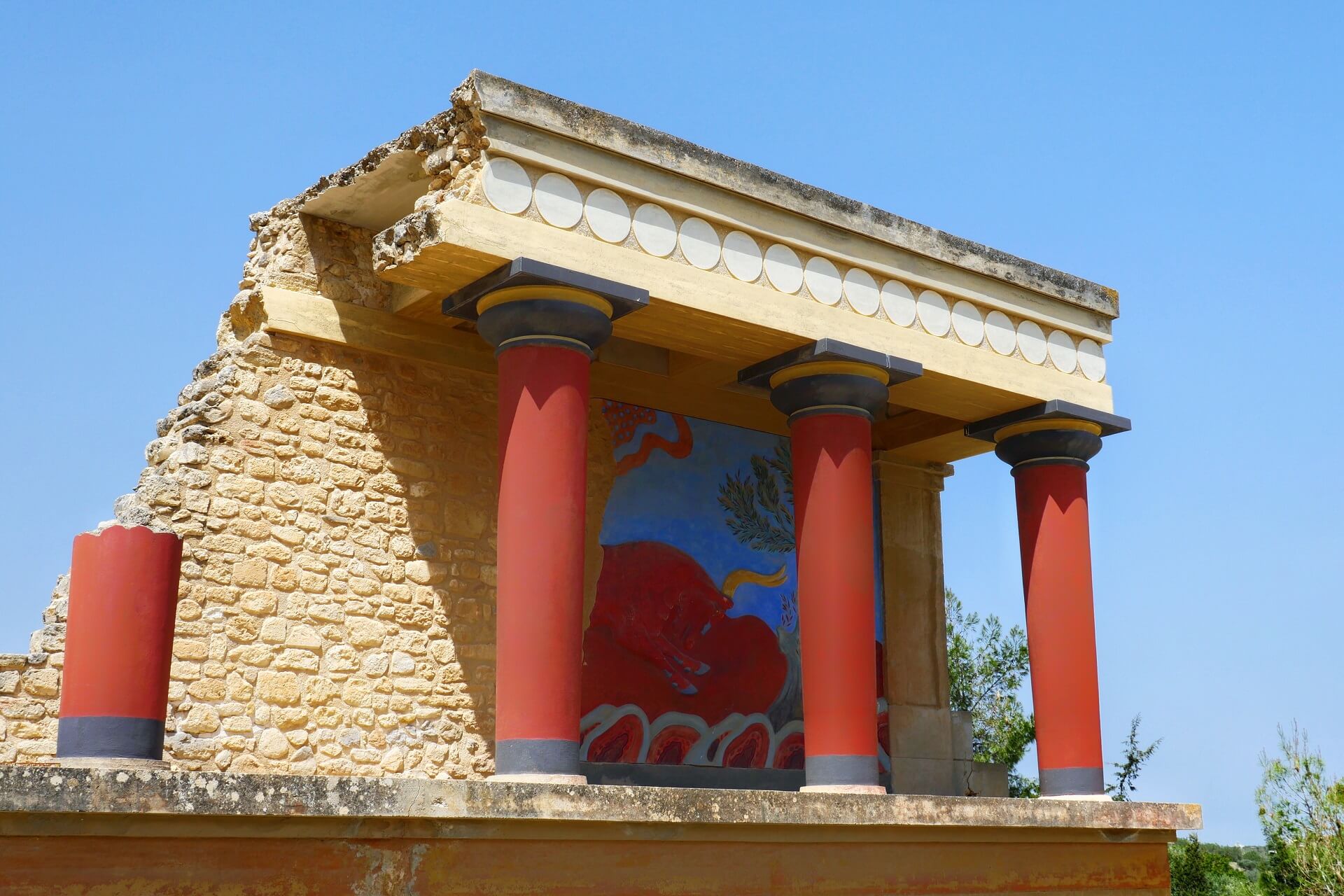
Knossos (Greek: Κνωσός) located on the island of Crete in Greece, is one of the most important archaeological sites in Europe. The ruins of the ancient city of Knossos, believed to have been the capital of the Minoan civilization, have been excavated over the past century, revealing a wealth of information about the life and culture of this ancient people.
The Minoan civilization, which flourished on the island of Crete from around 2600 BC to 1400 BC, was one of the earliest civilizations in Europe. The Minoans were known for their advanced technology, complex social structure, and sophisticated art and architecture. Knossos, which is believed to have been the political and cultural center of the Minoan civilization, was first excavated in 1900 by British archaeologist Arthur Evans.
Evans, who was a self-taught archaeologist, devoted his life to the study of the Minoan civilization. He was fascinated by the ancient city of Knossos and believed that it was the site of the mythical labyrinth of King Minos, where the Minotaur, a half-man, half-bull creature, was said to have been kept. Evans began excavating the site in 1900 and continued his work for over thirty years, unearthing a vast complex of buildings, including the palace of Knossos.
The palace of Knossos, which was built around 1700 BC, was the largest building in Europe until the medieval period. The palace complex covered an area of over 22,000 square meters and contained over 1,000 rooms. The palace was built around a central courtyard and was decorated with frescoes, which depicted scenes from Minoan life, such as religious rituals, sports, and animal husbandry. The palace also had a complex system of water management, including underground cisterns and a drainage system.
One of the most famous features of the palace of Knossos is the so-called “throne room.” This room, which is located at the center of the palace complex, was decorated with frescoes depicting the “bull-leaping” ritual, in which acrobats would leap over the backs of bulls. The throne room also contained a large stone chair, which Evans believed was the throne of King Minos.
The Minoan civilization was destroyed around 1400 BC, possibly by a volcanic eruption on the nearby island of Santorini. The palace of Knossos was abandoned and fell into ruin, and the site was forgotten for thousands of years. It was not until the early 20th century that the ruins of the palace were rediscovered and excavated.
Today, the ruins of the palace of Knossos are a popular tourist destination. Visitors can explore the labyrinthine ruins of the palace complex, marvel at the beautiful frescoes and architecture, and learn about the fascinating history of the Minoan civilization. The site is also a testament to the enduring power of human culture and civilization, which can survive and thrive for centuries, even in the face of catastrophic events such as volcanic eruptions and natural disasters.
Entrance Fee
Full ticket 15 euro, reduced ticket students and citizens 65 and over 8 euro. There is a combo ticket available for the Palace of Knossos and the Archaeological Museum of Heraklion and costs 20 euro.
Opening times
Summer: Daily 08:00 – 20:00
Winter: Daily 08:30 – 15:30
Free Admission Days
- 6 March (in memory of Melina Mercouri)
- 18 April (International Monuments Day)
- 18 May (International Museums Day)
- Last weekend of September (European Heritage Days)
- 28 October (Oxi or Ohi Day)
- First Sunday of the month from November 1st to March 31st
Holidays
- 1 January: closed
- 25 March: closed
- Good Friday: 12:00-17:00
- Holy Saturday: 08:00 – 16:00
- 1 May: closed
- Easter Sunday: closed
- 15 August: 08:00 – 20:00
- 28 October: 08:30 – 15:00
- 25 December: closed
- 26 December: closed
Tags:


